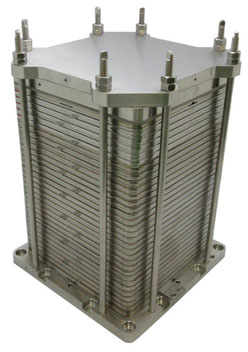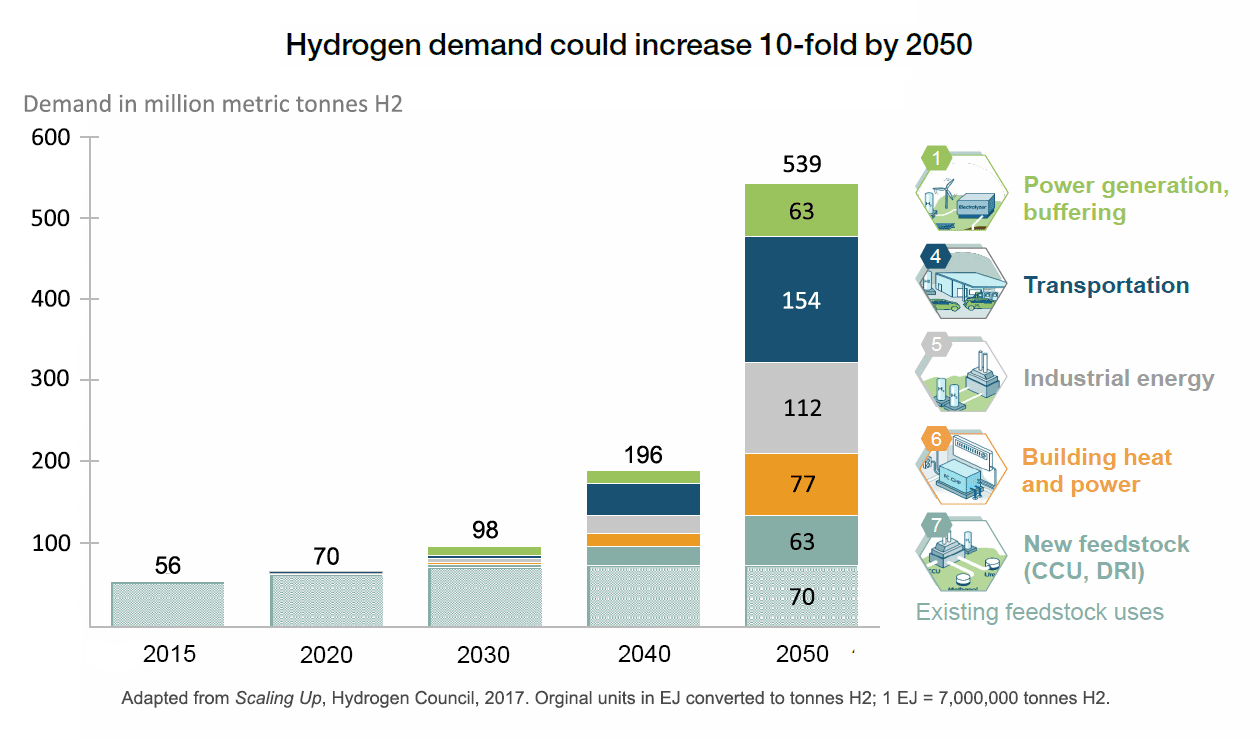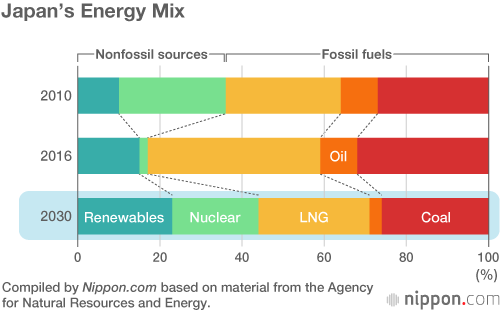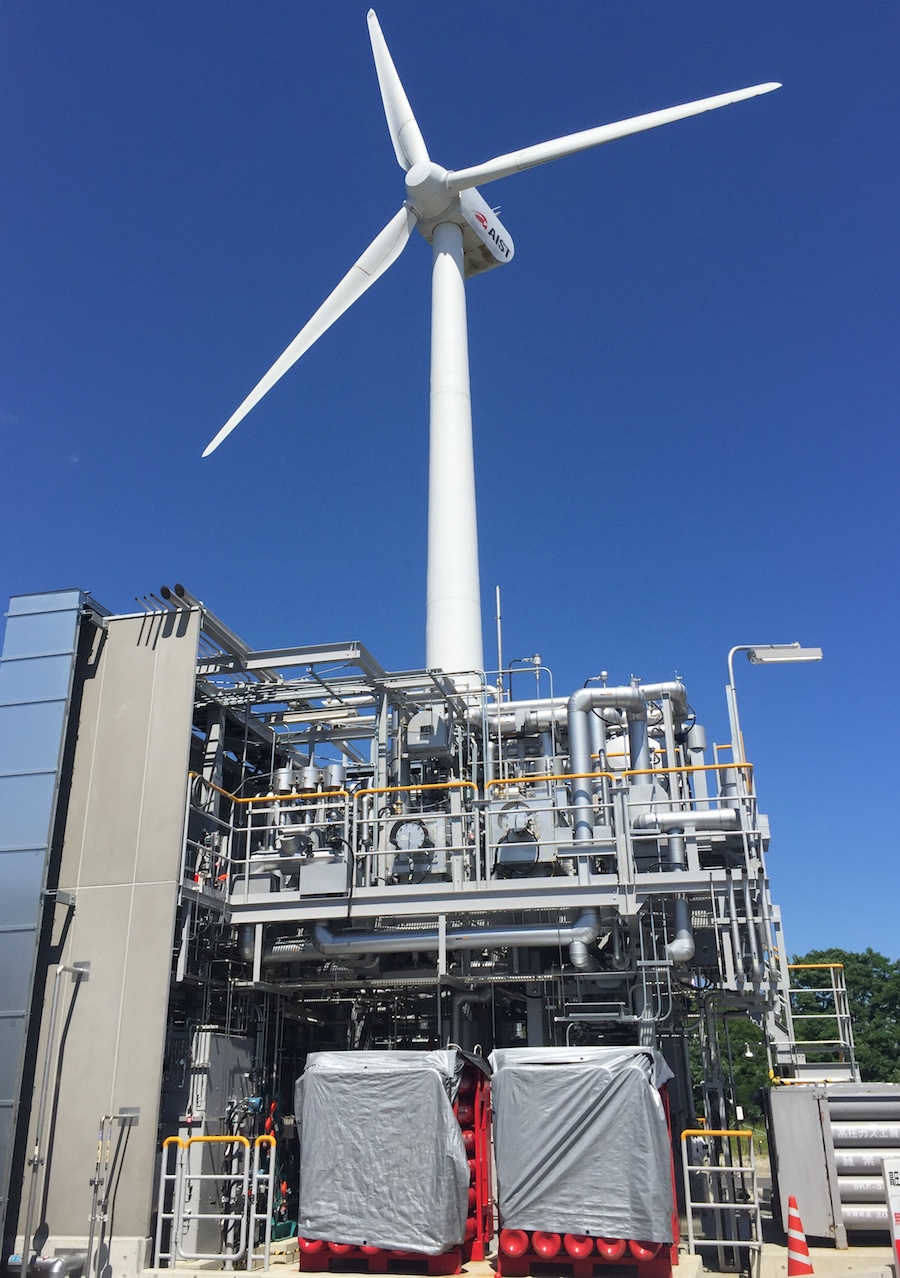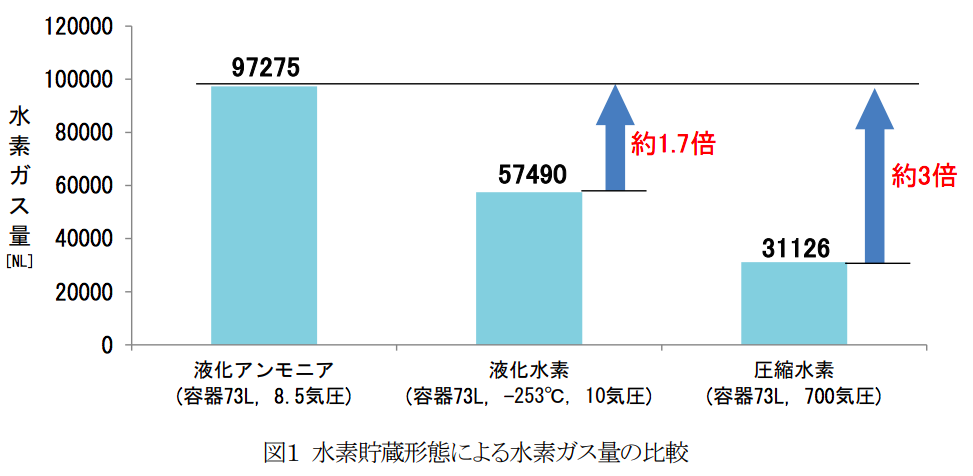Affiliated NH3 Groups Become a Force for Advocacy
In the last 12 months ... The vision of a worldwide network of affiliated ammonia energy advocacy groups drew closer to reality. This a step toward fulfillment of a goal that was conceived in 2016 when the NH3 Fuel Association convened a Global Advisory Board. The idea was to launch a body that “could help ammonia energy proponents in different countries organize nationally or regionally focused ammonia energy advocacy bodies.” Over the last year, all four of the Advisory Board’s 'Ambassadors' played leadership roles on behalf of ammonia energy in their respective countries.

